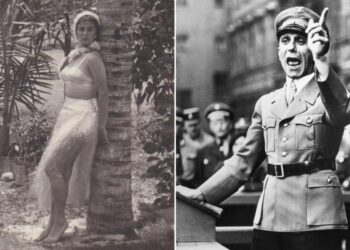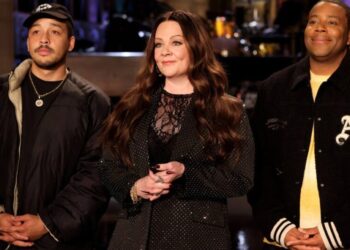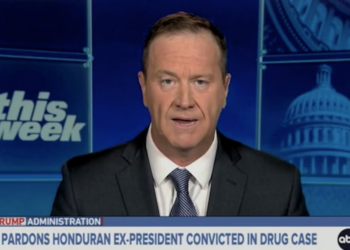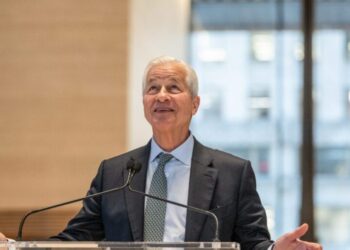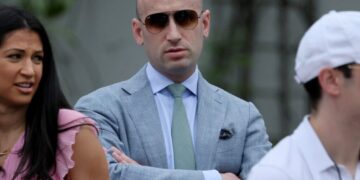‘Dawg, your in-laws speak another language!’: JD Vance hammered over anti-migrant remark
Vice President JD Vance recently implied that it was “totally reasonable” for Americans to want their neighbors to speak the...
Meek Mill Explains How Young Thug Stuck by His Side When the Industry Turned Their Backs Following Infamous Drake Feud
Meek Mill’s infamous beef with Drake could not have gone worse for him at the time. A lot of artists...
At Alvin Ailey, a Caribbean Folk Tale Inspires a Dance About Love
Jazz Island isn’t a real place, but if it were, its sunrise would stir the air with warm breezes and...
A Maryland mom discovers her family’s place in history — as Pearl Harbor spies
Like most Americans, Christine Kuehn always mourned the tragedy at Pearl Harbor, haunted by the some 2,400 souls who perished...
Newly single Alix Earle all smiles in Miami after Braxton Berrios split
Alix Earle appeared in good spirits while partying at Art Basel following her split from Braxton Berrios. The “Dancing With...
Keeping Your Friends Is Hard. SNL Knows Why.
In a sketch from last night’s Saturday Night Live, cast member Andrew Dismukes played a suburban husband who throws a...
Paramount’s ‘School Spirits’ to Return for 3rd Season
The original drama series “School Spirits” is set to return for a third season, Paramount revealed Saturday. The streaming series,...
Billionaire Jamie Dimon Smacks Down Trump Goon: ‘Grow Up’
The CEO of JPMorgan Chase has taken the head of Donald Trump’s media company to task for claiming the lender...
What Netflix’s Acquisition of Warner Bros. Could Mean for WB Games
Netflix has formally announced its intension to purchase Warner Bros. for $82.7 billion and the big purchase, should it make...
New Supreme Court case could bring ‘dramatic change’ in how the government works: analysis
During Donald Trump’s second presidency, many of his critics, both left and right, are warning that he is failing to...



